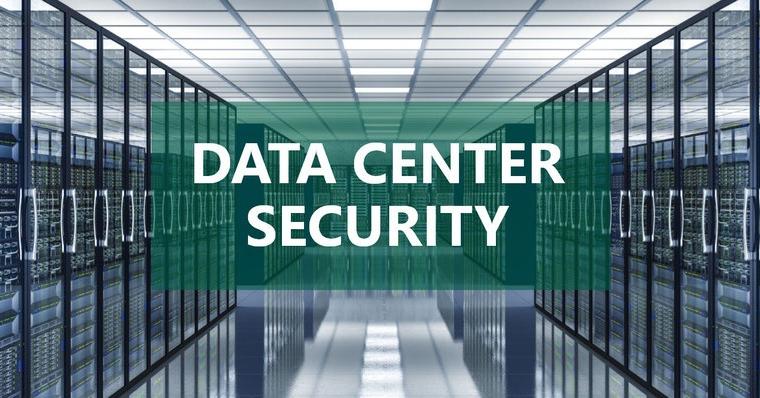Data centers are the backbone of the digital age, housing critical information and infrastructure that drives the modern world. With cyber threats on the rise, securing these facilities has become an essential task for organizations of all industries. Here are a few measures that businesses can take to safeguard their data centers and mitigate potential risks that could compromise data integrity, confidentiality, and availability.
Physical Security
The foundation of data center security starts with robust physical measures. A wesll-designed facility will have multiple layers of defense designed to prevent unauthorized access. These may include:
a. Access Control: Implementing strict access control mechanisms through biometric authentication, key cards, and multi-factor authentication ensures that only authorized personnel can enter specific areas of the data center.
b. Perimeter Security: Erecting fences, security gates, and employing security guards can help secure the data center’s boundaries, preventing unauthorized access.
c. Surveillance Systems: Installing high-resolution security cameras with continuous monitoring enhances the ability to detect and respond to potential security breaches.
d. Environmental Monitoring: Maintaining control over temperature, humidity, and fire detection systems prevents potential damage to sensitive equipment.
Network Security
The data center’s network is the digital gateway to valuable information, making network security a top priority. Some key measures include:
a. Firewalls: Deploying firewalls at the network perimeter protects against unauthorized access, filtering out malicious traffic and potential threats.
b. Intrusion Detection/Prevention Systems (IDS/IPS): These systems monitor network traffic for suspicious activities and help prevent potential breaches.
c. Virtual Local Area Networks (VLANs): Implementing VLANs helps segment the network to limit access to sensitive data and reduce the impact of a security breach.
d. Network Segmentation (aka microsegmentation, or Zero Trust Segmentation): Isolating critical systems from each other minimizes the risk of lateral movement for attackers.
Data Encryption
Encrypting data is crucial for ensuring that even if unauthorized individuals gain access to sensitive information, they cannot decipher it without the encryption keys. Data should be encrypted both in transit and at rest.
Regular Security Audits and Testing
Conducting regular security audits and vulnerability assessments helps identify potential weaknesses in the data center’s infrastructure. Penetration testing can simulate real-world attacks to evaluate the facility’s defenses and identify areas for improvement.
Employee Training and Awareness
Human error remains one of the most significant security risks. Educating employees about data center security best practices, such as strong password management, phishing awareness, and social engineering prevention, is vital.
Redundancy and Disaster Recovery
Building redundancy into critical systems ensures the data center remains operational even in the face of hardware failures or natural disasters. An effective disaster recovery plan allows for swift recovery and minimal data loss in case of an unexpected event.
Vendor Management
Lastly, data centers often rely on third-party vendors for various services. Ensuring that these vendors adhere to the same high-security standards is essential to prevent any potential vulnerabilities from compromising data center security or business operations.
Securing a data center demands a comprehensive approach, combining physical, network, and data security measures. As cyber threats continue to evolve, data center administrators must remain vigilant and proactive in safeguarding their facilities. By following the best practices outlined above, organizations can significantly reduce the risk of everyday data breaches from becoming business disasters — ensuring that the data center remains a fortress of protection for critical information.






